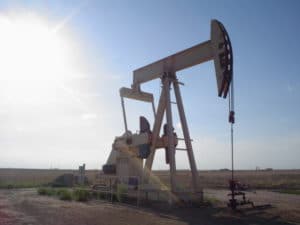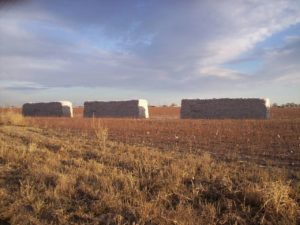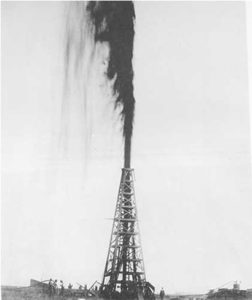
The Great Depression and the Dust Bowl dealt a double blow to the state’s economy, which had significantly improved since the Civil War. Migrants abandoned the worst hit sections of Texas during the Dust Bowl years.
World War II had a dramatic impact on Texas, as federal money poured in to build military bases, munitions factories, POW detention camps and Army hospitals. Hundreds of thousands of poor farmers left the fields for much better paying war jobs, never to return to agriculture.
Economic and Political Change:
Beginning around the mid-20th century, Texas began to transform from a rural and agricultural state to an urbanized and industrialized one. The state’s population grew quickly during this period, with large levels of migration from outside the state. As a part of the Sun Belt Texas experienced strong economic growth, particularly during the 1970s and early 1980s. Texas’s economy diversified, lessening its reliance on the petroleum industry.
During the late 20th century, the Republican Party replaced the Democratic Party as the dominant party in the state, as the latter became more politically liberal and as demographic changes favored the former.
Economy:
Texas’s large population, abundance of natural resources, thriving cities and leading centers of higher education have contributed to a large and diverse economy. Since oil was discovered, the state’s economy has reflected the state of the petroleum industry. In recent times, urban centers of the state have increased in size, containing two-thirds of the population in 2005. The state’s economic growth has led to urban sprawl and its associated symptoms.
Agriculture, Fishing and Mining:
Texas has the most farms and the highest acreage in the United States. The state is ranked No.1 for revenue generated from total livestock and livestock products. It is ranked No.2 for total agricultural revenue, behind California. At $7.4 billion or 56.7 percent of Texas’s annual agricultural cash receipts, beef cattle production represents the largest single segment of Texas agriculture. This is followed by cotton at $1.9 billion (14.6 percent), greenhouse/nursery at $1.5 billion (11.4 percent), broilers at $1.3 billion (10 percent), and dairy products at $947 million (7.3 percent).
Texas leads the nation in the production of cattle, horses, sheep, goats, wool, mohair and hay. The state also leads the nation in production of cotton which is the number one crop grown in the state in terms of value.

The state grows significant amounts of cereal crops and produce. Texas has a large commercial fishing industry. With mineral resources, Texas leads in creating cement, crushed stone, lime, salt, sand and gravel.
Energy:
Ever since the discovery of oil at Spindletop, energy has been a dominant force politically and economically within the state. If Texas were its own country it would be the sixth largest oil producer in the world.

Texas has known petroleum deposits of about 5 billion barrels which makes up about one-fourth of the known U.S. reserves. The state’s refineries can process 4.6 million barrels of oil a day. Texas also leads in natural gas production, producing one-fourth of the nation’s supply. Several petroleum companies are based in Texas such as: Anadarko Petroleum Corporation, ConocoPhillips, ExxonMobil, Halliburton, Marathon Oil, Tesoro, Valero, and Western Refining.
